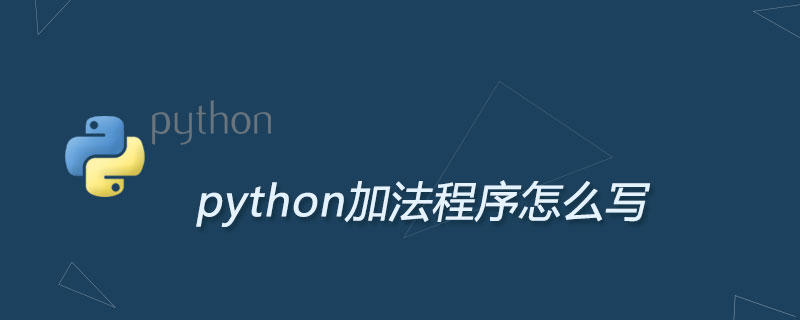![图片[1]-python中print怎么不换行输出-uusu优素-乐高,模型,3d打印,编程](http://uusucn.zbbe.cn/wp-content/uploads/2024/01/5d888271a63ea105.jpg)
大家应该知道python中print之后是默认换行的,
那如何我们不想换行,且不想讲输出内容用一个print函数输出时,就需要改变print默认换行的属性,
方法如下:
print('contents',end='!@#$%^&*')
end就表示print将如何结束,默认为end="\n"(换行)
栗子:
print("祝各位身体健康")
print("!")
print("祝各位身体健康",end='')
print("!")
python3.0 的print 函数有如下的形式:
print([object,...][,seq=''][,end='\n'][,file=sys.stdout])
我们在使用print()函数时,并不希望输出结束后自动换行,因此,我们可以按照下面的方法来做
1.print()指定结束符
print('hello',end='')
print('world')
#result:helloworld
当print()函数,指定end参数为空字符后,print()函数就不再主动添加换行符了。并且,hello和world之间也不存在任何空格。
a='firstline' b='secondline' c='thirdline' print(a,end='\n\n') print(b) print(c,end='!')
我们可以利用指定结束符的方法,灵活控制换行行数和结尾字符。
2.print()函数
知道了如何实现输出不换行,下面我们来看一下原理。
print()函数的形式是:
print(*objects, sep=' ', end='\n', file=sys.stdout,flush=False)
objects — 复数,表示可以一次输出多个对象。输出多个对象时,需要用 , 分隔。
sep — 用来间隔多个对象,默认值是一个空格。
end — 用来设定以什么结尾。默认值是换行符 \n,我们可以换成其他字符串。
file — 要写入的文件对象。
flush–是否要强行刷新stream
上文对objects和end已经做了演示,不在赘述。
sep可以帮助我们填充分隔符,比如:
ip_0='166' ip_1='111' ip_2='77' ip_3='201' print(ip_0,ip_1,ip_2,ip_3,sep='.') #result:166.111.77.201
file参数,可以指定输出对象,默认是当前的sys.stdout,也就是直接打印出来。
如果我们将对象设置为文件,那么利用file参数就可以轻松地将文本写入文件,实现长期储存。
原文来自:https://www.py.cn

















































暂无评论内容